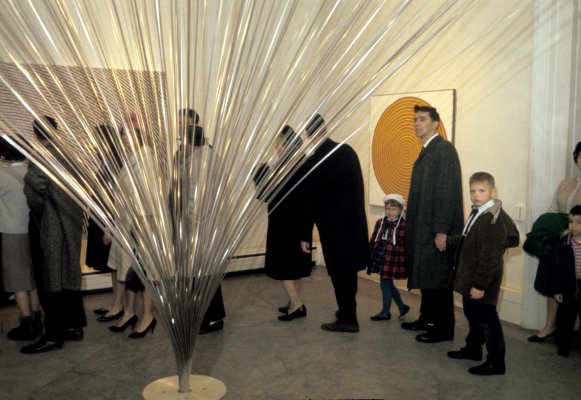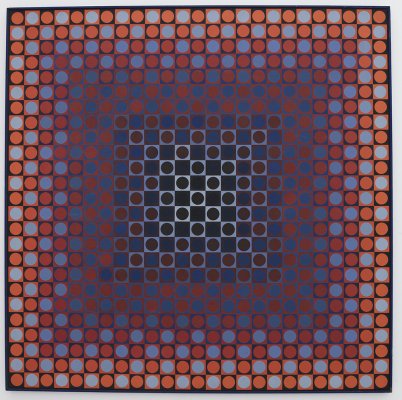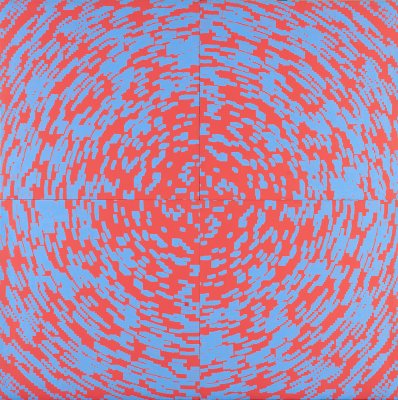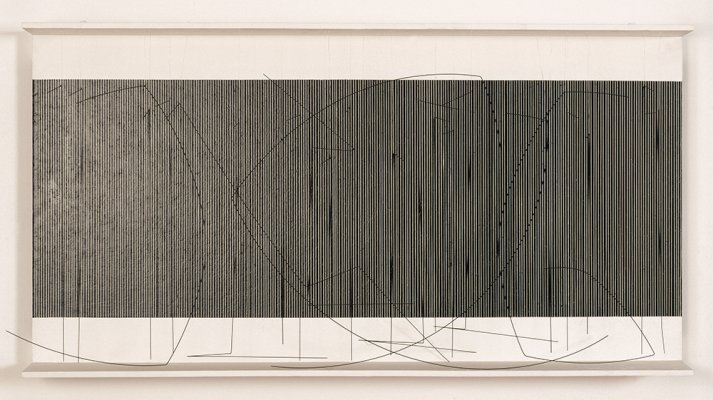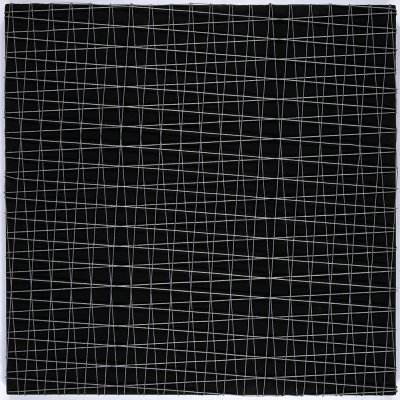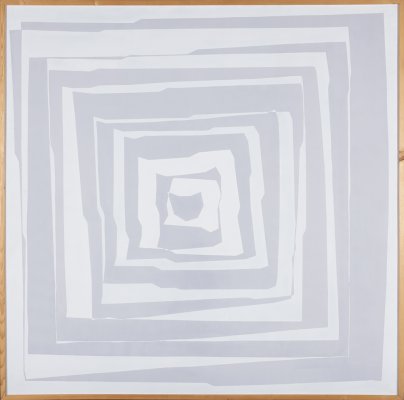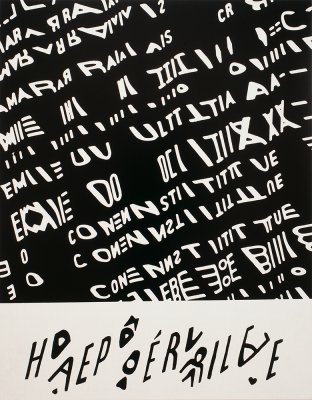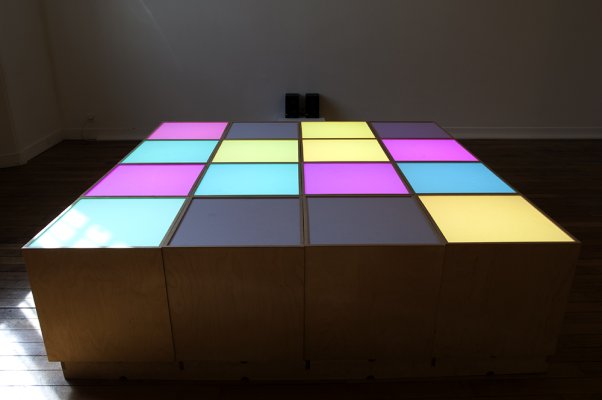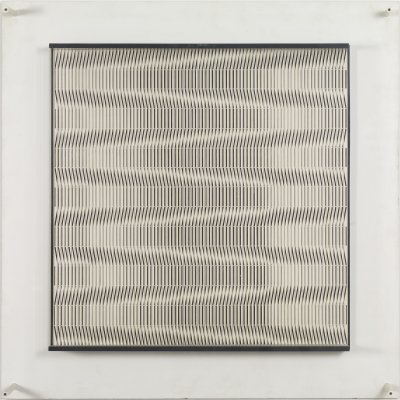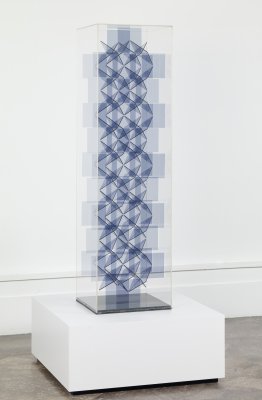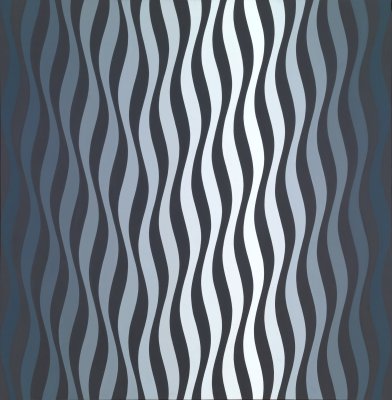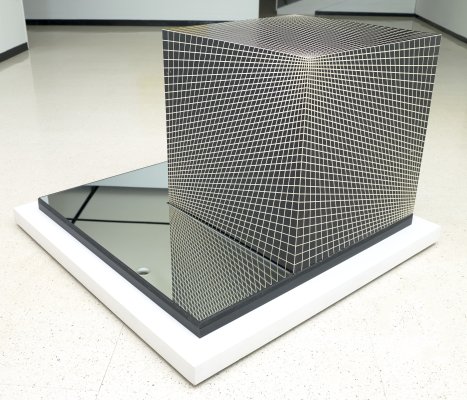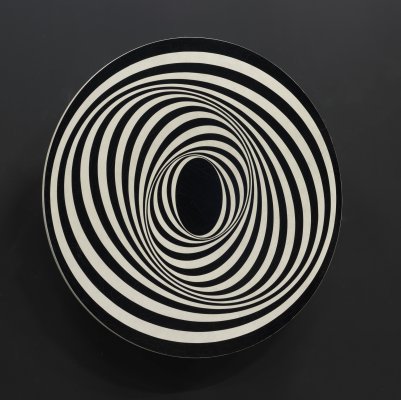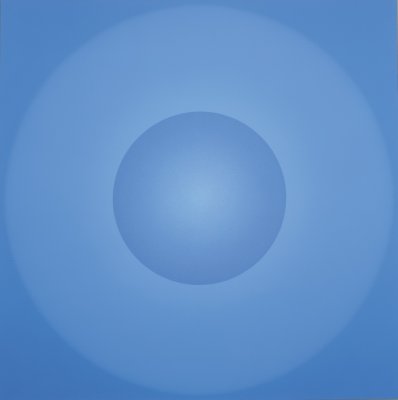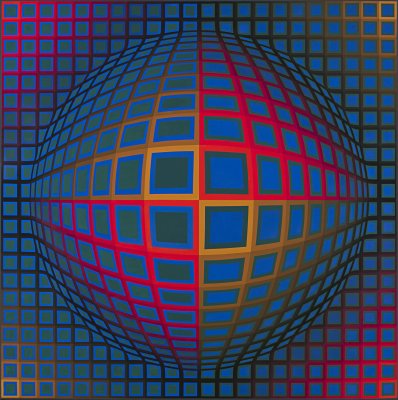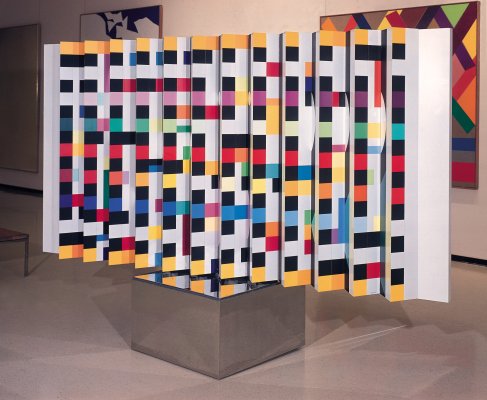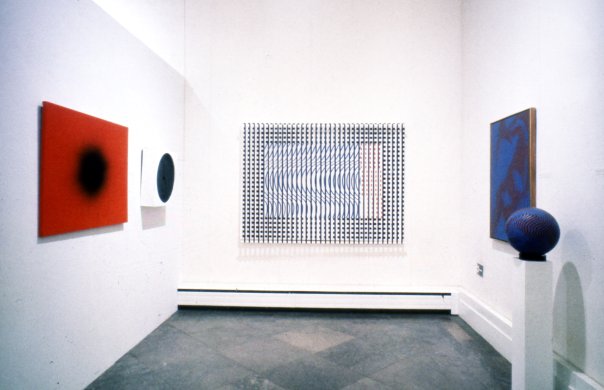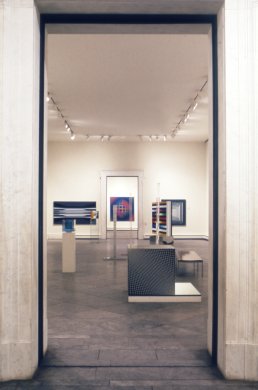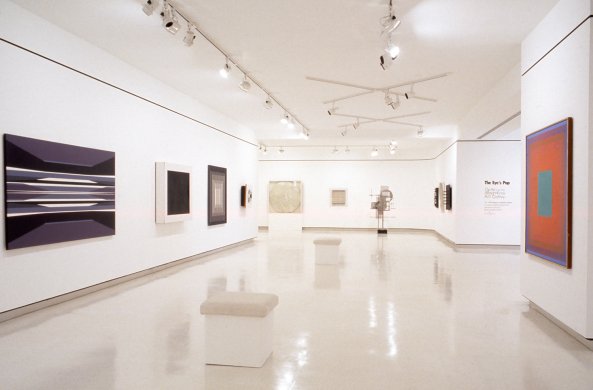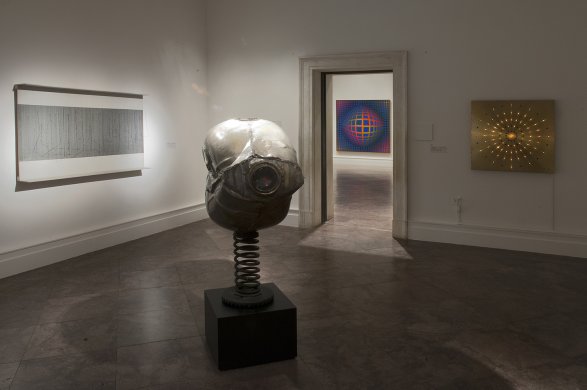In the mid-1960s, Optical, or “Op,” art became a major international movement. Op objects typically feature bold geometric patterns that playfully (and sometimes painfully) trick the eye, prompting reflection on the nature of visual perception. The Op aesthetic quickly crossed over into interior design and fashion; to this day, it is still associated with the swinging, Space Age sixties. At the same time, its futuristic stylings have proved perennially popular and look newly relevant in today’s technological world.
While Op was created and enjoyed around the world, it was especially popular in France, where many of the most important Op artists lived. Their works were understood as part of a legacy of European geometric art that originated in the early twentieth century with Neoplasticism and continued through movements such as Constructivism and Art Deco. As one of the significant public collections of abstract art in France, the Musée d’arts de Nantes began acquiring Op art in the 1970s; one highlight is a work by Jesús Rafael Soto donated in 1978 by Jean Gorin, the leading French practitioner of Neoplasticism, and his wife Suzanne.
Op art was also popular in the United States, where it was introduced simultaneously in the spring of 1965 with The Responsive Eye at The Museum of Modern Art in New York and Art Today: Kinetic & Optic at the Albright-Knox Art Gallery in Buffalo. Beginning with the acquisition of many of the works from its survey, the Albright-Knox developed one of the best collection of Op paintings, sculptures, and prints in the world, which it has featured in numerous exhibitions over the ensuing decades.
Today, both the Musée d’arts de Nantes and the Albright-Knox are members of FRAME, the French-American Museum Exchange. In FRAME’s spirit of collaboration between cultures, curators from both museums highlight their Op art collections and the connections between them in this video.
